Becoming a legendary lost game after unconfirmed rumors of screenshots appearing in gaming magazines, Die Hard 64 was one of three Nintendo 64 projects in development by Bits Studios, along with RiQa and Thieves World. Unfortunately, none of them ever saw the light of day on the 64-bit console. Founded in the early ‘90s, Bits Studios released a series of Game Boy and Super Nintendo games, developing a good relationship with Nintendo along the way that lead to a couple of collaboration projects (R-Type DX and Warlocked, published by Nintendo on the Game Boy Color). This relationship with Nintendo blossomed a trilogy of exclusive games conceived for the Nintendo 64.
Of this trilogy, only RiQa was a prominent title at E3 1999, as Die Hard 64 and Thieves World were never officially announced. One of the first mentions of a Die Hard tie-in for Nintendo 64 was published in June 1999 by IGN when they wrote about its publisher:
“[…] Fox Interactive is working on Die Hard 64. In unleashing your cash-making movie machine into the world of videogames, you can’t make the mistake of skipping a console like the N64 and it seems that the folks behind the movie have realized this fact. While the rumor is still brewing, several sources, both stateside and overseas are reporting that a Die Hard project is in the works at Fox Interactive and that the game is scheduled for an early 2000 release.”
Nothing more was said about the project until March 2000 when IGN contacted the publisher again to ask about the game:
“Interested to know what had become of Die Hard 64, we contacted Fox Interactive today and a company representative briefly theorized about the title with us. “The game is just a rumor,” said the Fox spokesperson, “and to be honest with you, I don’t see it coming to fruition.” While this is not a solid confirmation of the game’s termination one way or the other, it definitely doesn’t paint a pretty picture. The fact of the matter is that Fox Interactive’s first foray into Nintendo 64 development, namely Fox Sports College Hoops ’99, backed by an impressive amount of money, turned to disaster when the game failed to sell. And with the industry’s insistence that the 64-bit console is a “dying system,” it isn’t a stretch to conclude that the publisher simply canned the game after determining that the risks involved were not worth any possible profits to be made.”
IGN’s assumption about the fate of the game were quite spot-on and in May 2001 Fox Interactive officially announced “Die Hard: Next Generation”, planned for Nintendo GameCube and developed by Bits Studios. The title was then released as “Die Hard: Vendetta” in 2002 for GameCube, PS2 and Xbox.
The mystery remains (at least until a few years ago): Was Die Hard 64 really in development for Nintendo 64? Was any FPS ever made by Bits Studios on the cartridge-based hardware? While even some former Bits Studios developers did not know about the project (as seen in our interview with Frederic Villain in our book), in 2016 we were able to get in contact with a few people that worked directly on the game, to find out the truth.
We should start this investigation with another IGN article posted in May 2002, where they were able to interview Bits Studios’ CEO Foo Katan and Die Hard: Vendetta producer Mario Aguera, revealing some more details:
“In the past couple of years we have kept a relatively low profile as we have been developing new and existing technologies to make use of the hardware available at our disposal today. Die Hard: Vendetta will justify our hard work in that time. […] we’ve always had a close relationship with Nintendo here at Bits and they first approached us about Project Dolphin in the autumn of 1999. At that point it was purely the hardware specs and they had some demonstrations running through software emulation. We originally started designing the game when the N64 was out, but in Spring 2000 we decided to start our design again for the GameCube. For the first year we were just working with the emulator, hoping that Nintendo would deliver on their promises. Needless to say they did.”
The early Nintendo 64 design for the game started out as an original IP titled “Muzzle Velocity”, a first person shooter in which players would take the role of Jack, a member of a SWAT team during a mission in Los Angeles. In Muzzle Velocity original storyline, the crime wave in LA is out of control and the LAPD cannot stop it on its own. Jack was been sent by Bert, his SWAT leader, to supply the LAPD with backup and neutralize the situation. During the first mission of the game, a bomb detonated in a Hi-Fi store downtown. The owner was refusing to up his “fire insurance” to the gangsters, who in return wrecked his shop. The gangsters have then gone on a looting spree in the surrounding shops. The main mission objectives would have been to clear the area of gangster and minimize innocent casualties.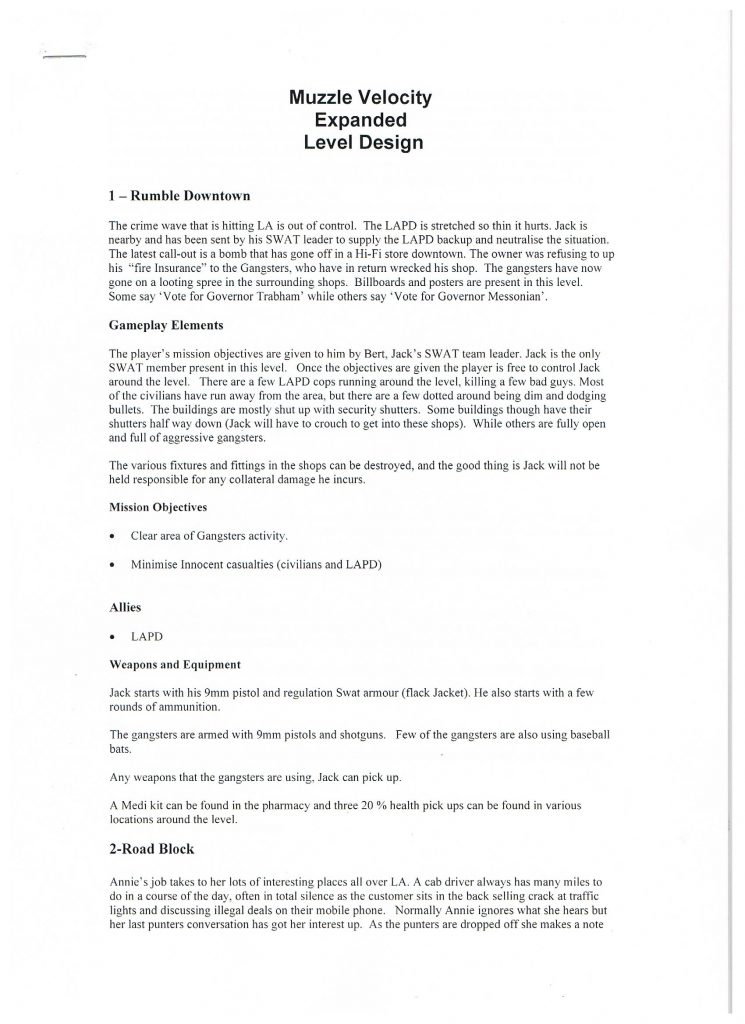
Muzzle Velocity’s gameplay and controls would have been similar to other classic N64 FPS games, such as GoldenEye 007 and Perfect Dark. Players’ mission objectives in this first level were given by Bert and once in control, they would have been free to move Jack around downtown LA. There would be a few LAPD cops and civilians running around the levels, either running from the fight, defeating bad guys or simply dodging bullets. The buildings in the area would have been mostly shut up, but some would have their shutters half way down, allowing Jack to enter them by crouching into the window; the environment was meant to be interactive and it could have been damaged by players during shootouts. While Jack would start the first mission with a 9mm pistol and SWAT armor, any weapon used by the gangsters could be picked up, such as shotguns and baseball bats.
Muzzle Velocity did not last long once Bits Studios partnered with Fox Interactive to collaborate on a new project. It’s possible that the deal was overseen by Gary Sheinwald, former Bits Studios Development Manager who left to work at Fox as Senior Producer from 1995 to 2001. Because of the partnership with Fox, Muzzle Velocity had to be tied with a movie and initially Speed 2 was proposed.
Dubbed Speed 2: Cruise Control, the game would have been primarily set on a boat, though a bus level was also conceived as a nod to the original film. The game was then planned to release in January 1999 for Nintendo 64 and PC. Unfortunately (or fortunately depending on how you view it) the movie was a huge failure when it released and both companies decided to switch the project once more to another, more successful IP: Die Hard. As an interesting note, the original script for Speed 2 was meant to be Die Hard 3 (“Die Hard with a Vengeance”, codenamed “Troubleshooter”) in a strange case of film development foreshadowing the game development process.
Still being developed as a Nintendo 64 game and using the new TWED engine created by Nathanael Presson and Frederic Villain, a lot of effort was put into creating Die Hard 64. The initial plan was overly ambitious, with 30 or 40 missions planned, but once Steven Goodwin took over as the new lead programmer and explained to the producers how many years they would need to achieve such a huge game, the number was heavily cut down. Only a handful of levels were developed on the Nintendo 64 before the switch to the GameCube, but they still had a good prototype with the minimal gameplay available. This Die Hard 64 prototype was leaked online in August 2017 on the Assembler Games Forum.
Being a N64 game, a 4 player deathmatch mode was also devised, to keep in line with Rare’s multiplayer masterpieces. While years passed, in early 2000 Bits Studios found itself in some issues when RiQa was cancelled and the N64’s life cycle reached its end. Neither Die Hard 64 nor Thieves World were finished yet and it was unlikely that many people would buy a N64 game once they were, as the new generation of consoles were almost out. The studio decided to move their last N64 games to GameCube and significantly upgrade the TWED engine so they could push the tech into the next gen hardware.
Danny Carr took over design duties for the GameCube version and had a new vision for a cinematic game that felt and played like a film, probably preceding the new generation of linear shooters that became popular many years later. Development of the game still took a while to be completed: Carr left the studio in late 2001 and Mario Aguera took the lead. Aguera wanted to add many interesting elements he saw in other (at the time) successful games and movies into the design, a proposal that would lengthen development time even more. For example, the sneak/action modes were inspired by Thief, while the “bullet time” mechanic was taken from The Matrix.
In the end Die Hard took so much time to be released that it looked like Bits Studios copied the “bullet time” mechanic from Max Payne, albeit it was implemented in early prototypes before the release of Remedy’s game. When finally published in 2002, Die Hard: Vendetta was much different from what the team originally conceived in late ‘90s and it only received average reviews.
As it always happens in these cases, we can only dream of an alternate reality where Die Hard 64 was successfully completed and became another masterpiece for our beloved Nintendo 64.
Original Die Hard 64 article published in our book “Video Games You Will Never Play” in 2016, thanks to Amhed for proofreading.
Images:
What do you think about this unseen game? Give your vote!
Would you like to add more info, screens or videos to this page? Add a comment below!
- Dead Unity [PC / PSX – Cancelled] - 04-01-2025
- Dragonkind [XBOX/PS2 – Cancelled] - 02-12-2023
- Damnation: Hell Breaks Loose [PC – Prototype] - 07-10-2023

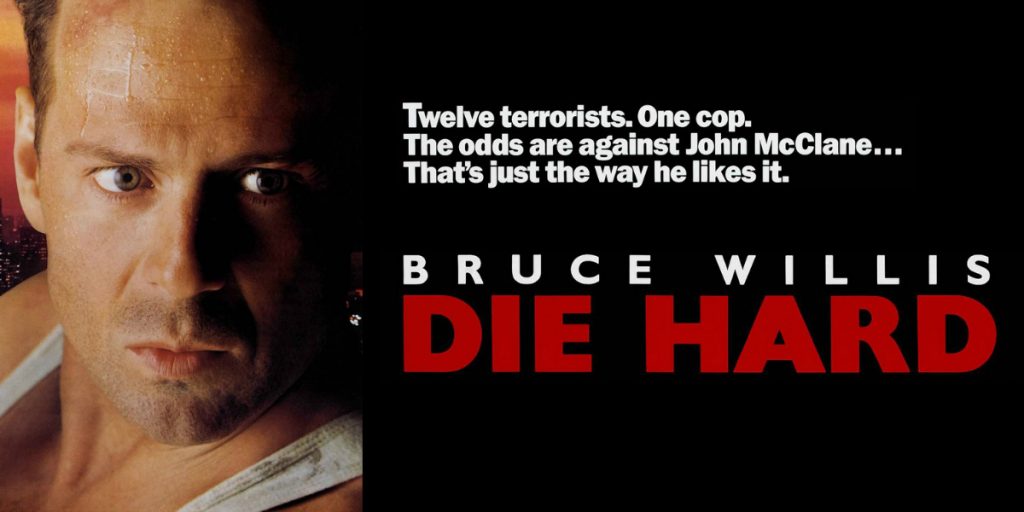
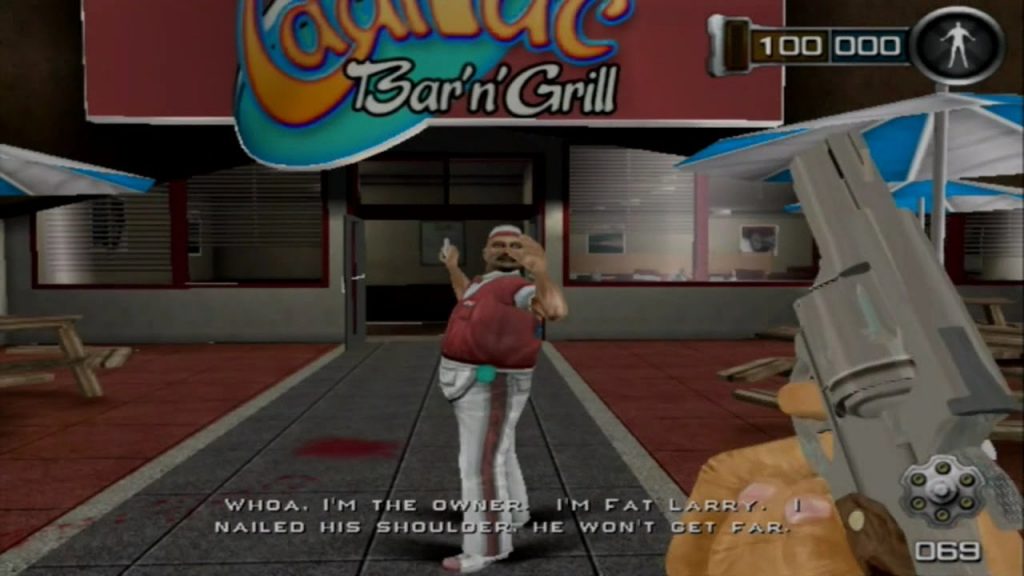
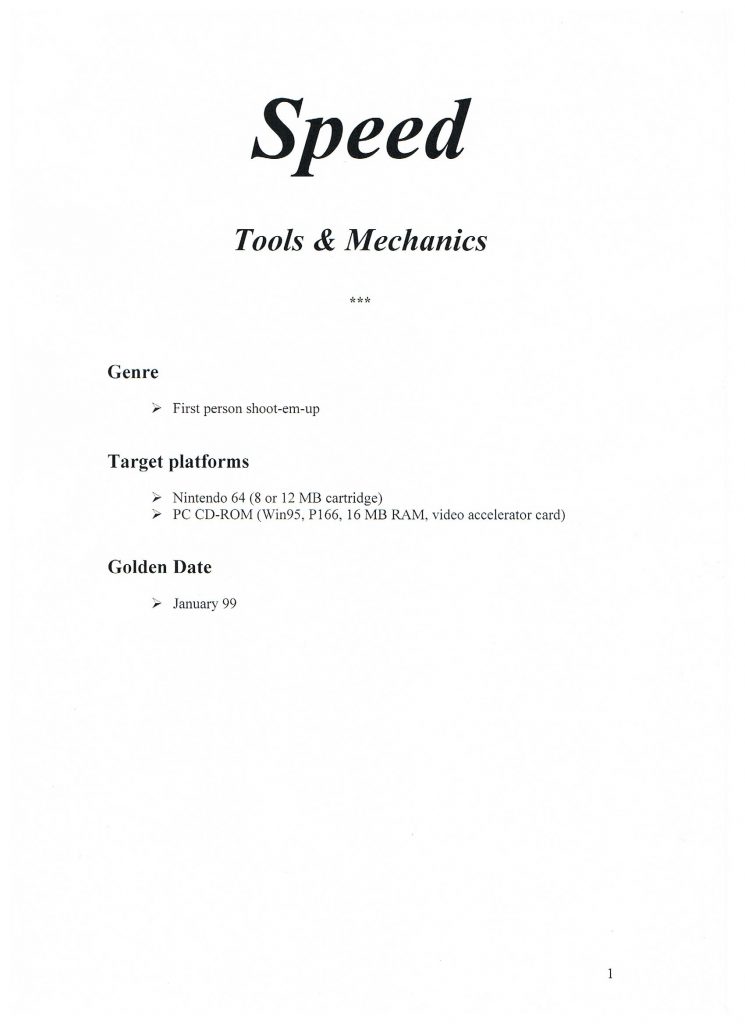
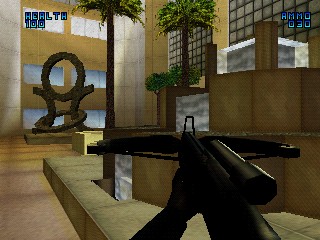
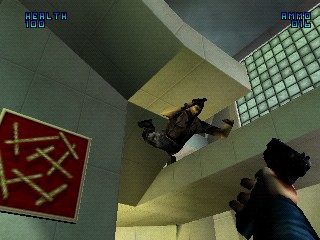
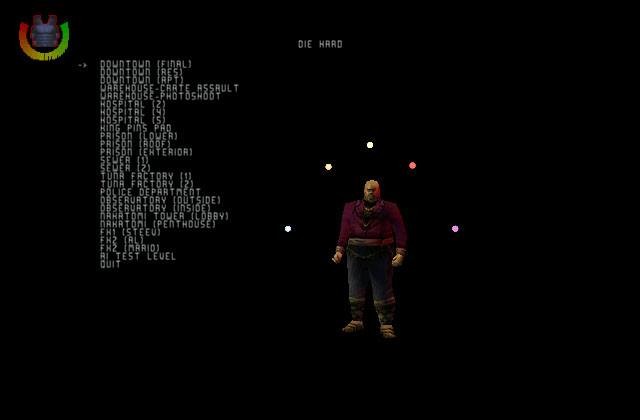
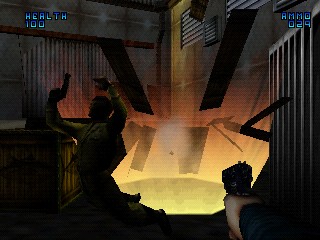
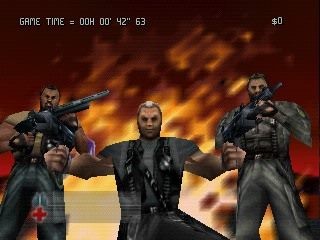
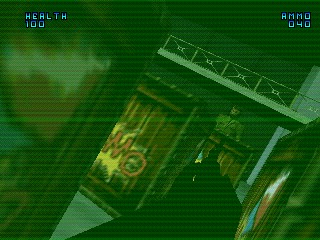
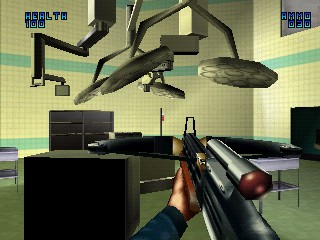
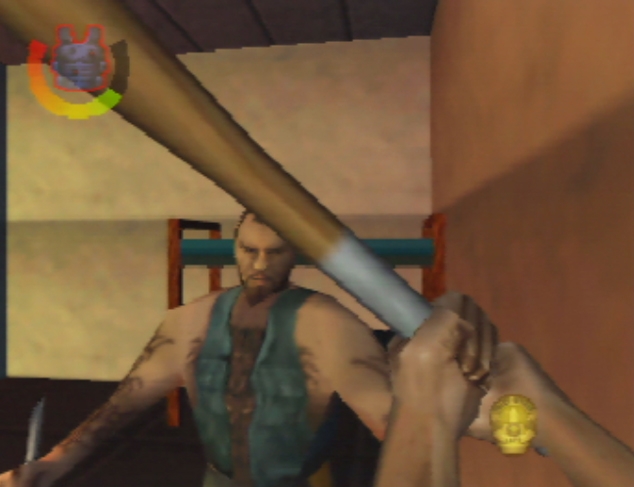
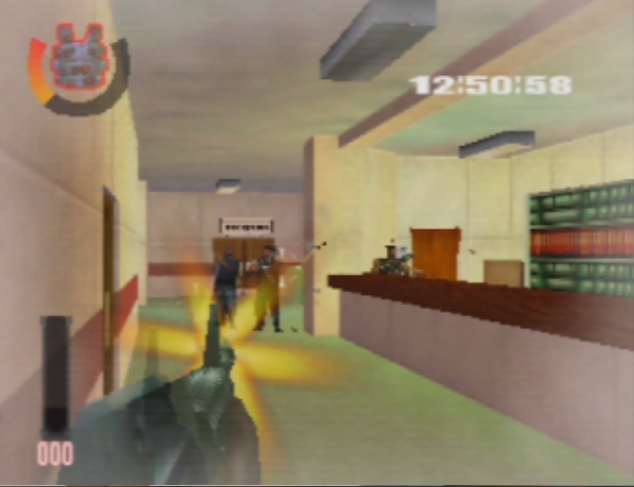
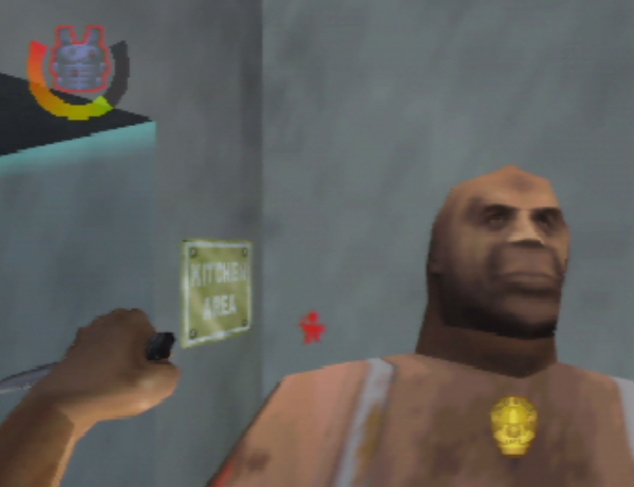
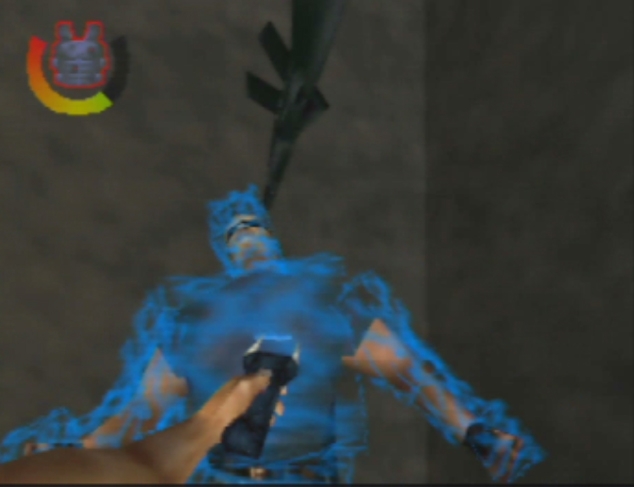
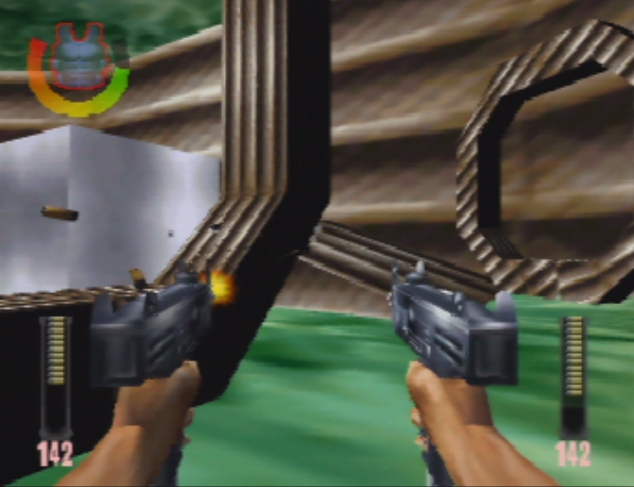
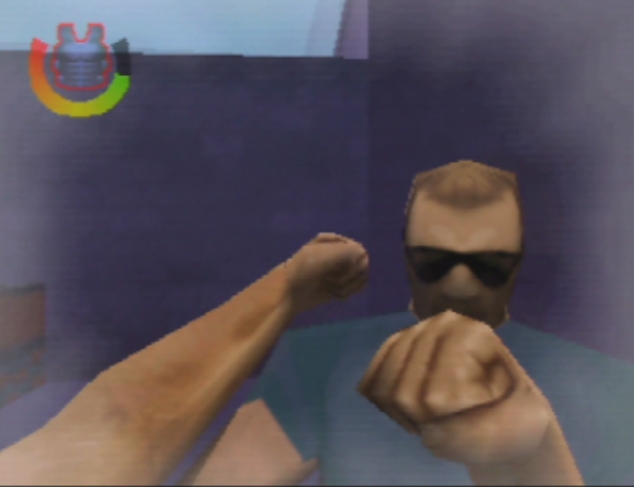
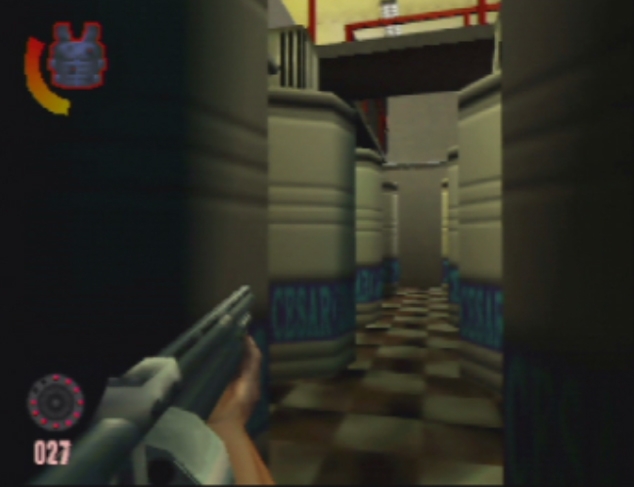
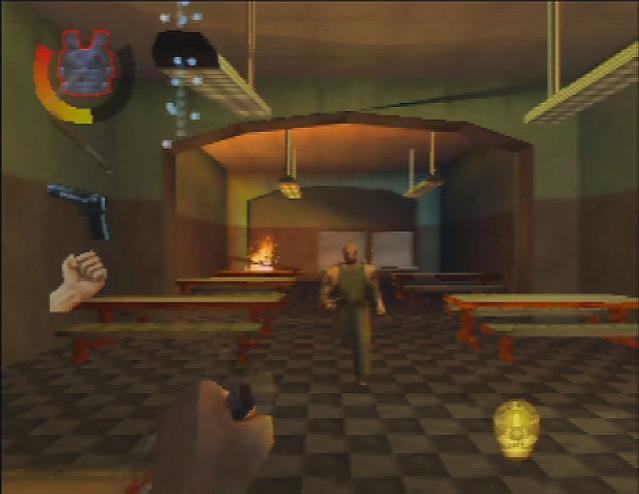
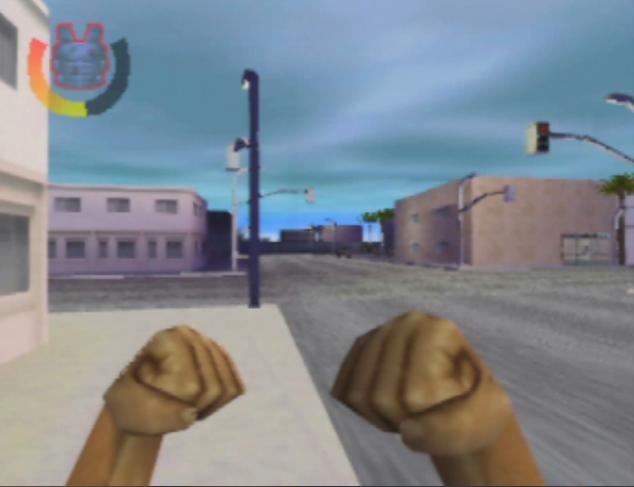
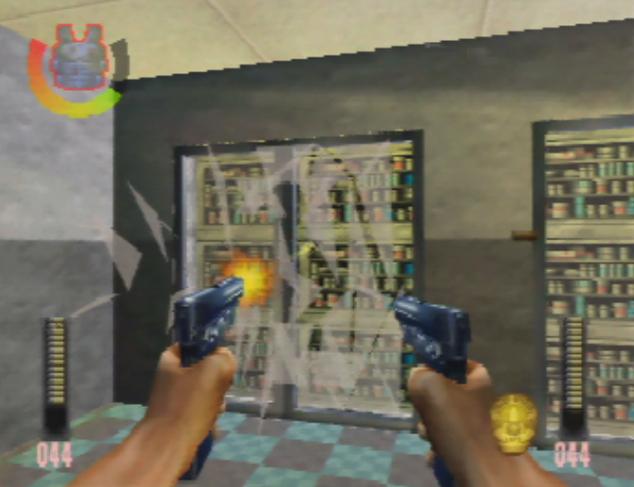
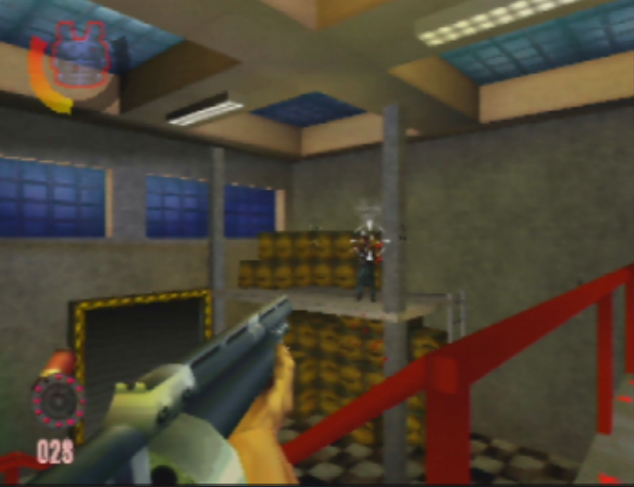

 (5 votes, average: 4.60 out of 5)
(5 votes, average: 4.60 out of 5)